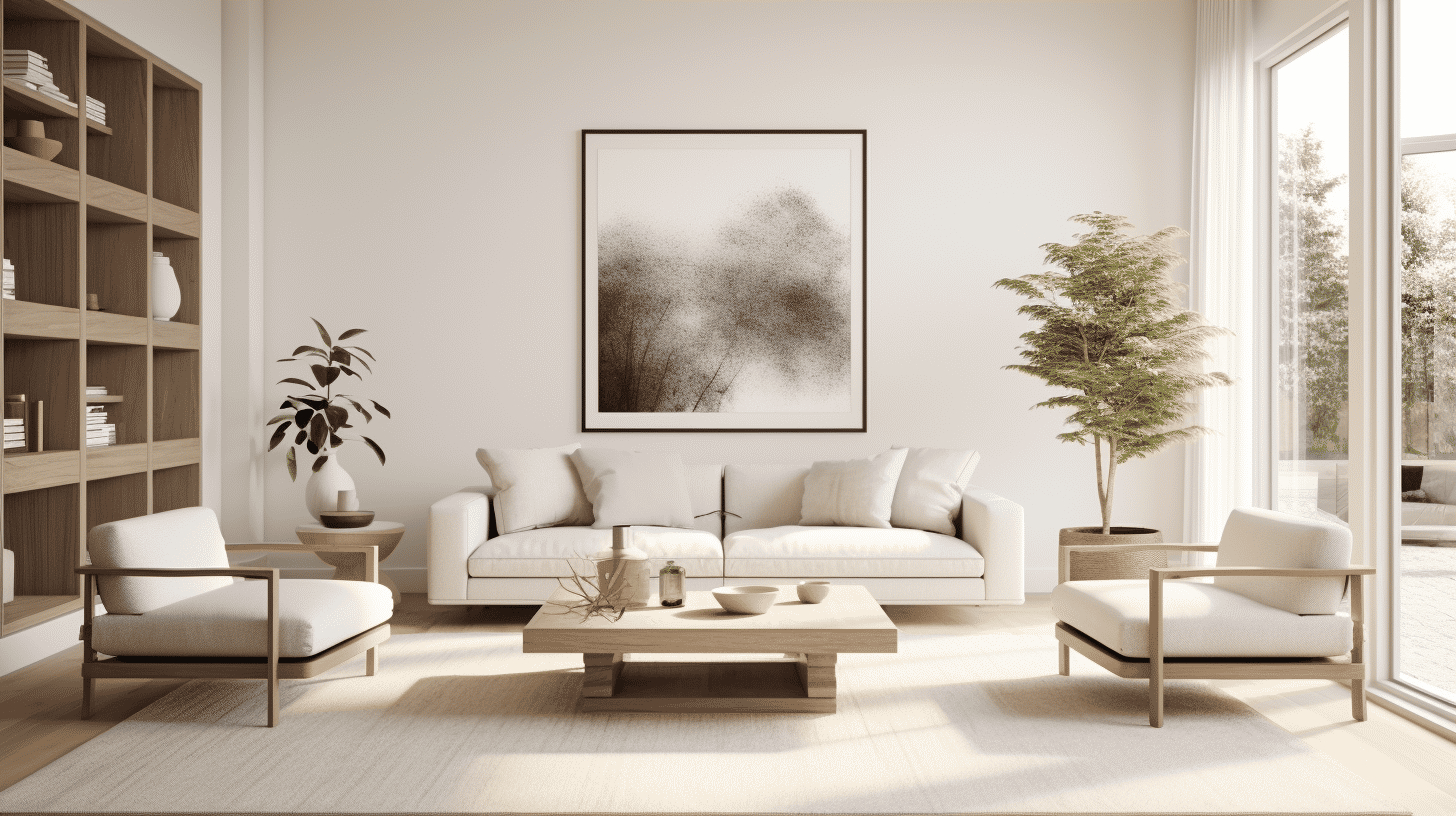When it comes to creating a minimalist color palettes for a balanced space, color plays a crucial role. The right color palette can transform a room, setting the mood and creating a sense of balance and unity. In recent years, minimalist color palettes have gained popularity for their clean and uncluttered look. By using a minimal color scheme, you can achieve a sense of simplicity and sophistication in your space.
Minimalist Color Palettes for a Balanced Space
In this article, we will explore the benefits of minimalist color palettes for a balanced space and their impact on interior design. We will also delve into the role of color harmony and discuss different trends and techniques for creating harmonious color schemes. Lastly, we will share resources for finding minimalist color palettes for a balanced space to help you bring your vision to life.
Whether you’re a designer looking for inspiration or someone who wants to create a peaceful and balanced environment, this article will provide you with valuable insights and tips for incorporating minimalist color palettes into your spaces. So let’s dive in and explore the world of minimalist color palettes for a balanced space!
Benefits of Minimalist Color Palettes
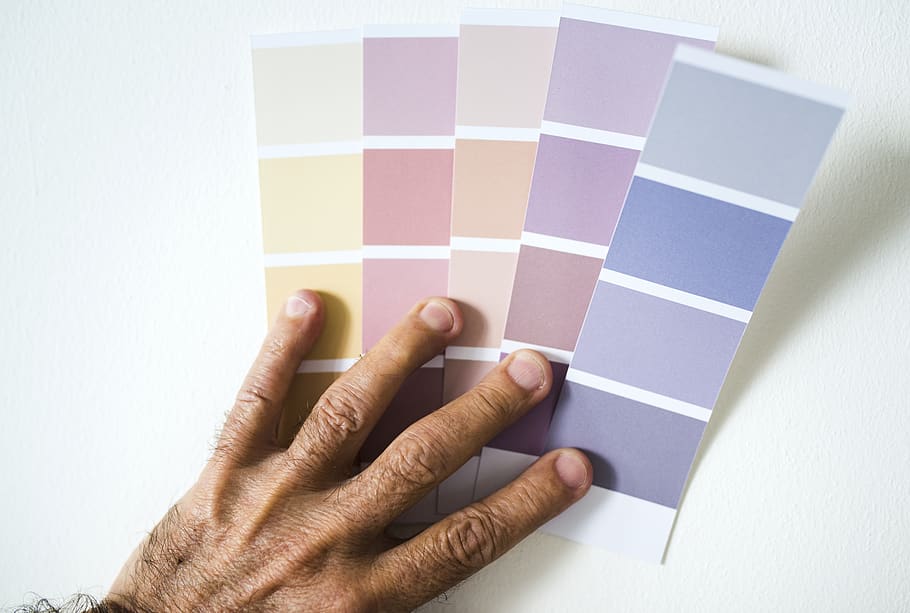
When it comes to designing a home or creating visual content, choosing the right color palette can make all the difference. One popular approach that has gained significant traction in recent years is the use of minimalist color palettes. These color schemes, characterized by their simplicity and restraint, offer a range of benefits for designers and viewers alike.
Simplified Home Designs
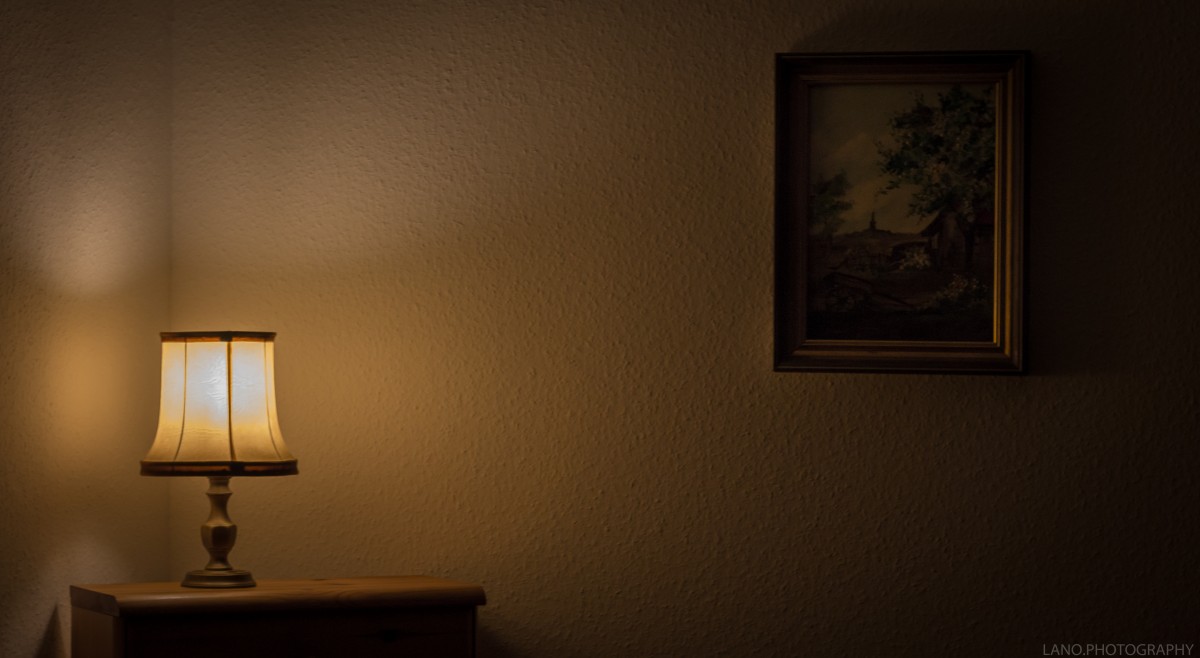
One of the main advantages of using a minimalist color palette is how it simplifies the overall design of a home. By utilizing a limited number of colors, the visual clutter is reduced, allowing the content to take center stage. This minimalist approach creates a clean and uncluttered look that is not only aesthetically pleasing but also enhances the user experience.
Here are a few reasons why minimalist color palettes for a balanced space are beneficial for interior design:
- Harmony and Cohesion: A carefully chosen color palette helps create a sense of harmony and cohesion throughout a space. It allows different elements in the room to work together seamlessly, promoting a unified and visually pleasing environment.
- Mood and Atmosphere: Colors have the power to evoke specific moods and emotions. A thoughtfully curated color palette can set the tone for the entire space, whether it’s creating a calm and serene atmosphere with cool tones or adding energy and vibrancy with warm and bold colors.
- Visual Interest: A well-designed color palette adds visual interest to a room. It can highlight architectural features, draw attention to focal points, or create a dynamic contrast between different elements, making the space more engaging and aesthetically pleasing.
- Functionality: Colors can also be used to enhance the functionality of a space. For example, soothing colors may be preferred in bedrooms to promote relaxation, while vibrant colors might be suitable for creative or social spaces.
- Flow Between Spaces: In homes with an open floor plan or in commercial settings with multiple areas, a consistent color palette can create a sense of flow and connection between different spaces, contributing to a well-designed and unified environment.
Clean and Sophisticated Results
Another key advantage of minimalist color palettes is the clean and sophisticated aesthetic they can achieve. By stripping away unnecessary distractions, these color schemes create a sense of elegance and sophistication.
Here’s why minimalist color palettes are a popular choice for achieving a clean and sophisticated look:
- Timelessness: Minimalist color palettes tend to be timeless and can withstand changing design trends. They are less likely to appear dated, making them a wise choice for individuals looking for a long-lasting visual identity.
- Adaptability: A well-defined color palette provides a framework for future design decisions and updates. It makes it easier to introduce new elements or change accessories without disrupting the overall design cohesiveness.
- Cultural and Psychological Impact: Colors can have cultural and psychological significance. A well-informed color palette takes these factors into account, ensuring that the chosen colors resonate positively with the occupants and align with the intended cultural or psychological impact.
- Size Perception: Colors can influence our perception of space. Lighter colors tend to make a room feel larger and more open, while darker colors can create a sense of coziness and intimacy. This understanding of color can be leveraged to enhance or alter the perceived size of a space.
In conclusion, minimalist color palettes for a balanced space offer numerous benefits for designers and homeowner. From simplifying interior designs to creating clean and sophisticated results, these color schemes have become popular for their ability to enhance the home experience while maintaining a visually appealing aesthetic. Whether you’re designing a home or a homeowner creating visual attraction for their home, considering a minimalist color palette can undoubtedly elevate your work to the next level.
Also Read: Minimalist Color Palettes in 2024 : Harmonizing Your Space
Role of Color Harmony in Interior Design
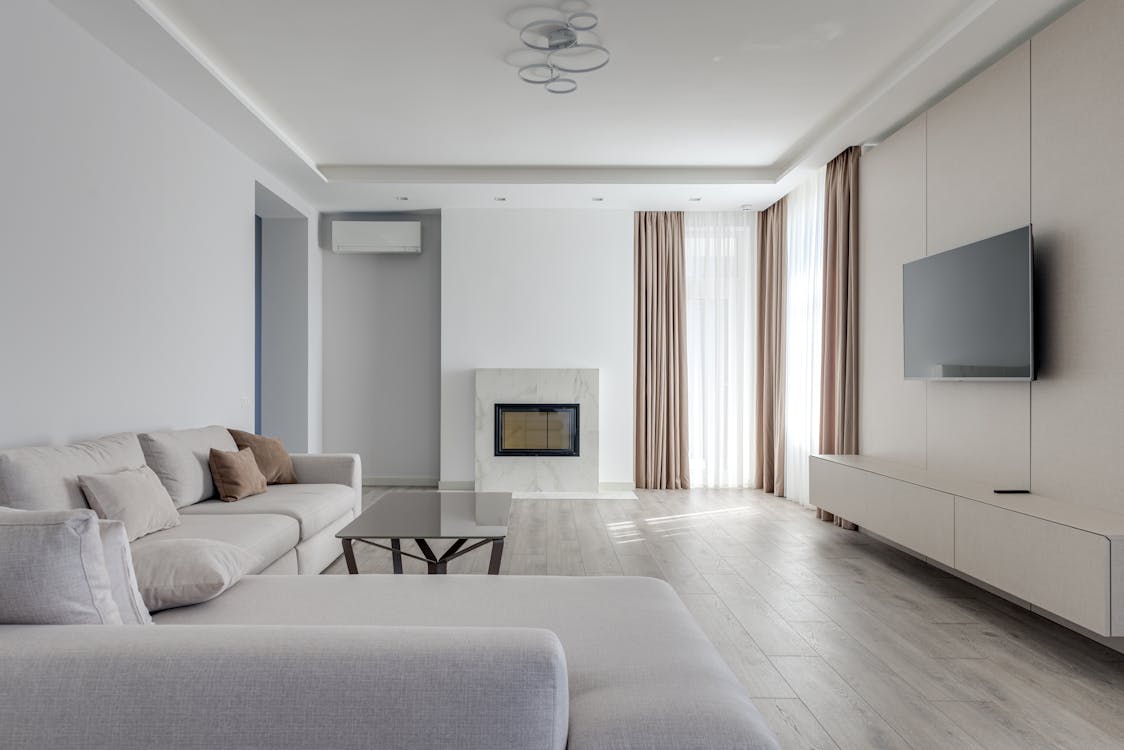
Color harmony plays a crucial role in interior design, creating balance and unity. In fact, the strategic use of color can completely transform a space and evoke certain emotions or moods. When it comes to designing a visually appealing and cohesive interior, understanding and implementing color harmony is essential.
Creating Balance and Unity
When selecting colors for an interior space, it’s important to consider how they will work together to create a sense of balance and unity.
Here are some key points to keep in mind for minimalist color palettes for a balanced space:
- Complementary Colors: Combining colors that are opposite each other on the color wheel can create a visually striking and harmonious effect. For example, pairing warm colors like red and orange with cool colors like blue and green can create a dynamic and balanced color scheme.
- Analogous Colors: Analogous colors are next to each other on the color wheel and tend to create a more harmonious and cohesive look. Using shades of blue and green or red and orange in a room can create a soothing and unified color palette.
- Triadic Colors: Triadic color schemes involve using three colors that are evenly spaced apart on the color wheel. This type of color harmony can create a vibrant and energetic atmosphere in a space when used correctly.
- Tonal Variations: Incorporating different shades, tints, and tones of the same color can also create a sense of harmony in a room. This monochromatic approach allows for a cohesive and elegant look, especially when using neutral tones such as white, beige, gray, and black.
Monochromatic Color Schemes
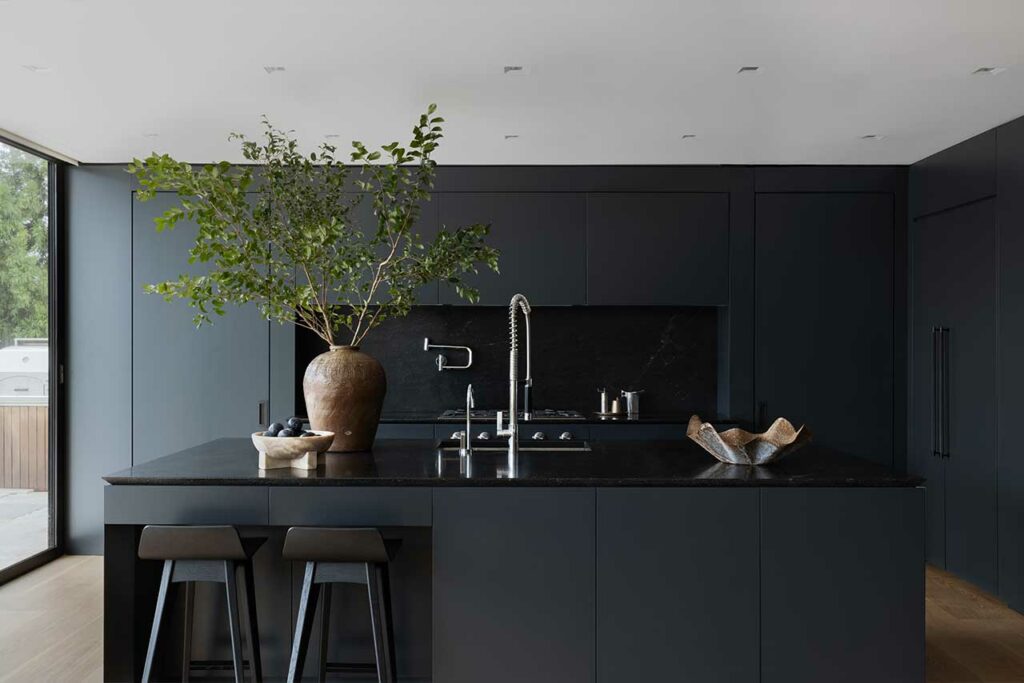
When it comes to minimalist decor, monochromatic color schemes are favored for their simplicity, elegance, and calming effect. These color schemes primarily consist of using shades of a single color to create a cohesive and visually pleasing interior.
Some benefits of monochromatic color schemes include:
- Visual Cohesion: Using shades of the same color creates a sense of unity and flow throughout the space. This can make a room feel more spacious and well-designed.
- Minimalist Aesthetic: Monochromatic color schemes are ideal for achieving a clean and minimalist look. By focusing on one color, the overall design feels minimalistic yet sophisticated.
- Versatility: Monochromatic color schemes are highly versatile and can be adapted to various design styles and themes. Whether you prefer a contemporary, traditional, or eclectic interior, a monochromatic color scheme can be tailored to suit your preferences.
In conclusion, color harmony is a fundamental aspect of interior design. By considering complementary, analogous, triadic color schemes, or even opting for a monochromatic approach, you can create a visually stunning and harmonious space that reflects your personal style and evokes the desired emotions. Remember, with color, the possibilities are endless in transforming a room from ordinary to extraordinary.
Trends in Minimalist Color Palettes
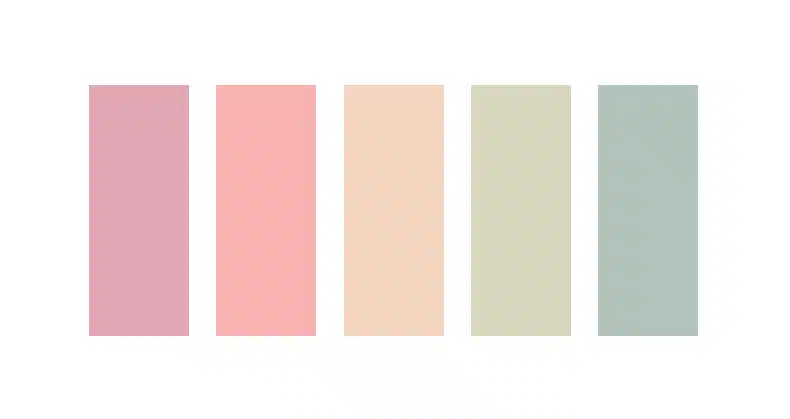
Minimalism has become increasingly popular in the world of design, and this includes the use of minimalist color palettes for a balanced space. In recent years, we have seen a shift towards simplicity and clean aesthetics, where less is more. Many designers and artists are embracing minimalist color schemes to create visually impactful and harmonious compositions.
Fresher Takes on Primary Colors
Primary colors have long been favored in minimalist designs due to their bold and vibrant nature. However, the latest trend is to experiment with these colors and give them a fresh twist. Designers are now exploring variations of primary colors like green, blue, and orange, ranging from softer shades to more intense hues. This adds depth and complexity to the minimalist color palette, allowing for more nuanced and visually interesting compositions.
Here are some examples of how primary colors are being reimagined in minimalist designs:
- Soft Sage Green: This muted green shade adds a sense of calm and tranquility to a minimalist color scheme. It pairs well with neutrals and other earthy tones, creating a harmonious and serene atmosphere.
- Deep Navy Blue: Instead of the traditional bright blue, designers are incorporating deep navy blue into their minimalist palettes. This rich and sophisticated color adds depth and elegance to an otherwise simple composition.
- Burnt Orange: By opting for a burnt orange shade instead of the usual primary orange, designers are able to evoke warmth and energy while maintaining a minimalist aesthetic. This color works well as an accent in an otherwise neutral color palette.
Nature-Inspired Color Schemes
Another trend in minimalist color palettes is drawing inspiration from nature. Designers are embracing organic and natural color schemes that reflect the beauty of the world around us. These color palettes often feature earthy tones, soft neutrals, and subtle pops of color found in nature. This approach creates a sense of harmony and tranquility, bringing a touch of the outdoors into interior and graphic design.
Here are some examples of nature-inspired color schemes in minimalistic designs:
- Earthy Neutrals: Colors like warm browns, soft beiges, and muted greys are reminiscent of natural elements like wood, stone, and earth. These neutrals create a grounding and calming effect, allowing other elements in the design to shine.
- Soft Muted Blues: Taking cues from the sky and the ocean, soft muted blues provide a soothing and serene backdrop in minimalist designs. These colors evoke a sense of peace and tranquility, making them perfect for creating serene spaces.
- Neutral Greens: Inspired by lush foliage and plants, neutral greens like olive, moss, and sage bring a touch of nature into minimalist color palettes. These colors add freshness and vitality to a composition without overwhelming the overall simplicity.
By incorporating these fresher takes on primary colors and nature-inspired color schemes, designers can create minimalist compositions that are visually captivating and harmonious. Whether it’s in interior design, graphic design, or any other creative field, staying up-to-date with the latest trends in minimalist color palettes can help elevate your work and make a lasting impression. So embrace simplicity, experiment with colors, and create beautiful compositions that speak volumes with minimalistic flair.
Creating Harmonious Color Schemes
![]()
Have you ever walked into a room and felt an immediate sense of calm and harmony? Chances are, the color scheme of that space played a significant role in creating that atmosphere. When it comes to designing a room or any visual composition, choosing the right colors is crucial for establishing the desired mood and aesthetic. Understanding color theory and how different colors interact with each other is key to creating harmonious color schemes.
One popular approach to creating harmonious color schemes is using analogous colors. These color schemes involve using hues that are next to each other on the color wheel. Analogous color schemes can be found in nature, art, and design, and they can create interesting and visually appealing harmonies. Let’s take a closer look at how analogous color schemes work and how you can incorporate them into your own designs.
Analogous Color Schemes
Analogous color schemes are composed of colors that are adjacent to each other on the color wheel. For example, if we focus on the primary colors—red, yellow, and blue—an analogous color scheme might include red, orange, and yellow or blue, green, and blue-green. The key is to choose colors that are close together on the color wheel.
When it comes to creating harmonious color schemes with analogous colors:
- Primary Color: Start by selecting a primary color as your base. This color will anchor your scheme and set the tone for the overall design.
- Secondary Colors: Next, choose one or two colors that are adjacent to the primary color on the color wheel. These secondary colors should complement the primary color while adding depth and variety to the color scheme.
- Tertiary Colors: To further enhance the harmony of the scheme, you can incorporate one or two tertiary colors. These colors are found in between the primary and secondary colors and can add subtle nuances to the overall composition.
Creating harmonious color schemes with analogous colors allows for a cohesive and balanced design. The colors blend seamlessly together, creating a sense of unity and visual harmony. Whether you’re designing a room, a logo, or a piece of artwork, using an analogous color scheme can help you achieve a pleasing and harmonious result.
“Analogous color schemes, involving using hues next to each other on the color wheel, can create interesting harmonies.”
Learn more about creating harmonious color schemes from this helpful resource.
Importance of Color Harmony

Color harmony is crucial in creating a pleasing and balanced atmosphere in a space. Whether it’s a home, an office, or any other environment, choosing the right colors and ensuring they harmonize well can have a significant impact on the overall aesthetic appeal and the mood it evokes.
Pleasing and Balanced Atmosphere
When colors are harmonized effectively, they work together in such a way that they create a sense of cohesion and unity. The combination of colors should be visually appealing and create a balanced atmosphere that feels comfortable and inviting.
Here are a few reasons why color harmony is important for minimalist color palettes for a balanced space:
- Visual Impact: Harmonious colors can enhance the visual appeal of a space, making it more visually interesting and inviting. When colors are well-coordinated and complement each other, they can create a sense of flow and coherence throughout the room.
- Mood and Emotion: Different colors evoke different moods and emotions. By using colors that harmonize well, you can create a specific atmosphere that aligns with the desired mood or emotion for that particular space. For example, warm and earthy tones can create a cozy and inviting atmosphere, while cool and muted colors can evoke a calming and serene ambiance.
- Balance and Contrast: Color harmony is not just about choosing colors that match well; it also involves finding the right balance and contrast between different hues. By combining colors with varying levels of saturation and brightness, you can create visual interest and depth in a room. The careful use of contrasting colors can draw attention to specific elements or focal points in the space.
Remember, color harmony is subjective, and what works for one person may not work for another. It’s important to consider personal preferences, the purpose of the space, and the overall design concept when choosing colors and creating a harmonious color palette.
“In a harmonious atmosphere, colors work together effortlessly, creating a visual symphony that delights the eye and uplifts the spirit.”
Resources for Finding Minimalist Color Palettes

When it comes to creating a minimalist color palette, finding the right combination of colors can be a challenging task. Fortunately, there are various resources available that provide color palettes and guidance for achieving color harmony. Whether you prefer the feel of a physical book or the convenience of an online platform, these resources can help you discover the perfect minimalist color scheme for your next project. Let’s explore some of the best options out there.
Books
Books can be a great source of inspiration and guidance when it comes to minimalist color palettes. They provide in-depth knowledge and expert advice on color theory and how to achieve a harmonious composition. Here are a few notable books that can help you in your quest for the perfect color combination:
- The Elements of Color: A Treatise on the Color System of Johannes Item by Johannes Itten – This timeless classic explores the principles of color theory and offers practical exercises for experimenting with color relationships. Item’s teachings have been influential in the world of art and design.
- How to Use Color in Design by Samara Keller – This comprehensive guide takes a deep dive into the psychology of color and its impact on design. It provides practical tips and examples for creating effective color palettes.
- Color Inspirations: More than 3,000 Innovative Palettes from the Colourlovers.com Community by Darius Monsef – If you’re looking for a wide range of color palettes, this book is a treasure trove. It features thousands of color combinations contributed by the Colourlovers.com community.
Online Platforms
In this digital age, online platforms offer a wide variety of resources for finding minimalist color palettes. These platforms not only provide ready-made color schemes but also offer tools for creating and customizing your own palettes. Here are a couple of popular online platforms worth exploring:
- Coolors – Coolors (coolors.co) is a fantastic tool that generates random color palettes with just a click of a button. You can lock colors you like and keep generating new ones until you find the perfect combination. Coolors also allows you to export palettes in various formats for easy integration into your design workflow.
- Adobe Color CC – Adobe Color CC (color.adobe.com) is an online color wheel that lets you create, explore and save color palettes. You can choose from various color harmony rules or even use your own image as a reference to generate palettes. Adobe Color CC also integrates seamlessly with Adobe Creative Cloud, making it a favorite among designers using Adobe software.
No matter which resource you choose, remember that the key to a successful minimalist color palette lies in simplicity and harmony. Experiment with different combinations, trust your instincts, and have fun discovering the perfect colors that evoke the feeling you desire.
Conclusion
In conclusion, adopting a minimalist color palettes for a balanced space can have a profound impact on the overall harmony and balance of your living space. By simplifying and streamlining your color choices, you can create a clean and calming atmosphere that promotes a sense of tranquility and order. Embracing minimalism in your color selections allows for enhanced clarity and focus, resulting in a home that feels spacious and uncluttered.
To know more about the perfect minimalist look for your home, consider exploring the resources provided by Arkitecture Today. Through their guidance on decluttering, selecting clean-lined furniture, and creating a calming living space, Arkitecture Today can also help you create the perfect minimalist oasis. Check out their website Arkitecture.Today for more inspiration and guidance on achieving a clutter-free and harmonious living environment.
Frequently Asked Questions
- What is a minimalist color palette?A minimalist color palette is characterized by the use of a limited number of colors, typically neutral tones such as white, beige, gray, or black. It aims to create a clean and simplified aesthetic that promotes balance and harmony in a space.
- Why should I use a minimalist color palettes for a balanced space?Using a minimalist color palette can help create a sense of calmness and clarity in your space. It allows for easy coordination and avoids visual clutter. Additionally, minimalist color palettes are timeless and can adapt to various design styles.
- How do I choose a minimalist color palettes for a balanced space?To choose a minimalist color palette, start by selecting one or two main neutral tones as the foundation. Then, add one or two accent colors that complement the neutrals. Aim for a balanced combination that evokes a sense of tranquility and simplicity.
- Can I add pops of color to a minimalist color palette?Yes, you can add pops of color to a minimalist color palette to create visual interest. However, it’s important to use them sparingly and strategically to maintain the minimalist aesthetic. Choose one or two vibrant colors and incorporate them through accessories or artwork.
- How can I create a harmonious space with a minimalist color palette?To create a harmonious space, ensure that the colors within your minimalist palette complement each other. Consider factors such as hue, saturation, and value when selecting colors. Additionally, maintain a consistent color scheme throughout the space to promote a sense of unity.

